NEWSCOM
The #1 Fibre Optic Cabling Contractor in Melbourne
Contractors & Network Specialists Since 1989.
Six Benefits and Reasons to Go With Optical Technology
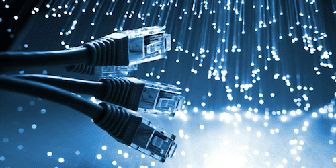
Safer Cabling
Data transmission is done via light instead of electricity. There is no heat, no fire hazard, and no electrical interference with devices such as routers, which prevents slowdowns.

Modern Speed
Much higher bandwidth, speed, and video quality than copper wiring. Ideal for commercial premises to put more people on your network without slowdowns.
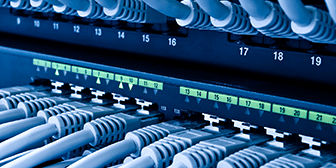
More Resilient
Fibre optics are resistant to chemicals, water, and soil contact that would damage copper wires. Its smaller thickness makes the cabling easier to manage and take up less space.
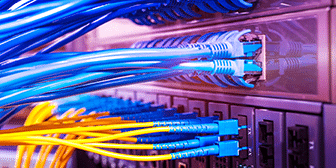
Easier Maintenance
Being much thinner, fibre optics take up less space and are easier to manage. Discovering damaged parts of a network is easy by monitoring data transmission times.
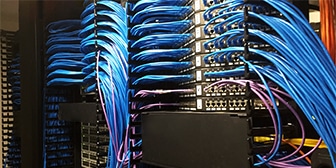
Not Disruptive to Analog Systems
Traditional DSL cables and phone systems use the same line. Damage to a phone line can disrupt both DSL and phone systems. Fibre optics are on a separate line altogether.
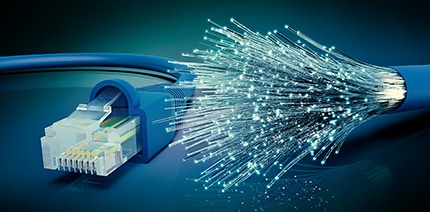
Future Proof
Copper is getting replaced by optical technology. Nothing is faster than light, so by choosing to go with fibre optics, you set up your commercial premises for the future.
Experience & Training
With over a century of experience within our management team alone, we recognise the importance of having team members that have knowledge in all facets of business.
Memberships & Awards
Newscom aspires to be recognised at the highest levels within the industry. We have received numerous awards and maintain industry memberships.
Quality Assurance
We belief that the well-being of our staff and everyone affected by our work is a priority and must be considered during all work performed on our behalf.
Warranties
Our work is backed up by an extensive warranty programme. On completion of a project, we provide certification that everything has been done to industry standards.
Work With Us
Commercial Cabling Excellence
Since 1989
Our clients range from small independent to major businesses across Australia.
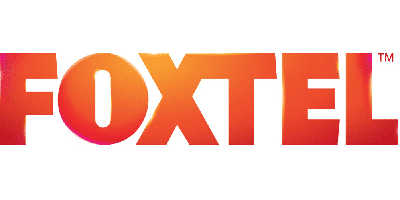
|
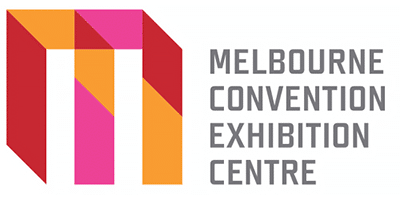
|
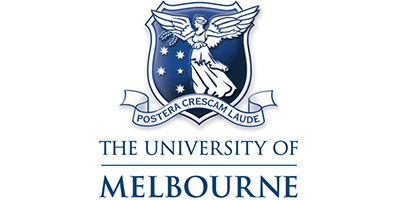
|
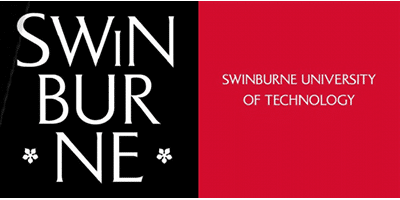
|
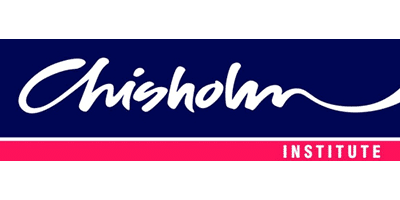
|
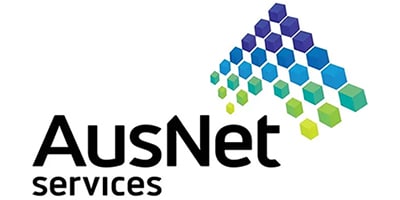
|
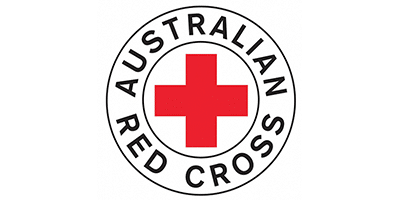
|

|

|

|
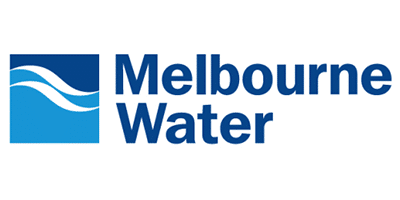
|
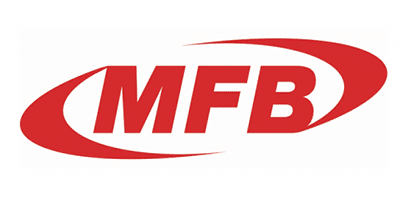
|
The Basics of Fibre Optic Cabling
How fibre optics compare to other types of wiring
Fibre optic cabling represents a huge step forward toward transporting data at super-fast speed. It also does this with few dropped signals. All forms of wiring or network cabling that transport signals, representing data, has a limit. This limit is how far the cable can carry a signal before the it is too weak to be of use.
In the case of weakness in the signal, a repeater is usually used between two locations at a great distance. This issue with electrical signals was resolved with optical cable technology.
Optic cables don’t use electricity but coherent laser light to transmit signals. Since light is much faster the electricity, the transfer speed is increased as well. Also, the distance a signal can travel is significantly larger depending on the type of mode used.
What are fibre optic cables?
Think of a long and thin strand of hair that consists of glass. Now pack many of these strands together and you will have a bundle. This bundle is the optical cable. Light is transmitted within each glass strand.
There are three parts to a strand: the core, the cladding, and the buffering coating. The core is where light is sent through. The size of the core can depend on what mode type you use. The cladding keeps the bouncing light from being absorbed. Lastly, the buffer coating protects the glass and cladding from damage. These parts are similar to copper lines but more simplified because interference isn’t a factor.
There are two types of modes:
Multi-mode: this is an optical fibre designed to allow a beam of light to take multiple paths through a larger core. This mode is designed for short distance data transfer because you can use cheaper light sources like LED to transmit such signals.
Single-mode: this one is meant to carry a beam of light that takes a single path down through the fibre. It is meant for long distances and usually uses a higher grade light source that is more reliable.
How do such cables work?
Think of a laser beam hitting one mirror, then another one, and so on. This is how fibre optics work inside a strand of glass. The hair-like strand acts like a long mirror-like tube that reflects light. This allows the light to bounce around inside until it reaches its destination.
The light signals can weaken as it travels through the core and bounces off the cladding. This is due to the glass used, not the light itself. Think of how light from the sun travels millions of kilometres to reach the Earth. The only way the light would die off along the way is if there was a medium in space that dilutes the light.
You may be asking yourself something important at this point. How does light transmit data? It does this similarly to electrical signals inside copper wires. Inside the strands of glass, light is sent in bursts. Like Morse code, there are patterns of bursts and breaks that represent the same ones and zeros of an electrical current either being on or off.
Why use optical cabling?
Fibre optics work for many applications. For example, you use them to connect two networks, which then can be connected to the internet. And no, a network doesn’t have to be wholly made up of fibre optics. Regular copper wires that send electrical signals with the proper device in between can understand the bursts of light as well. Et vice versa, the light can be turned into electrical signals for further use in copper wires. Therefore, you can transmit data over different mediums on the same network.
You can also use optical cabling for TV, telephone systems, and many other purposes. Due to their high-speed other benefits, these types of cables are likely going to replace all copper cables over time.
Benefits of using fibre optics over other cables
It is cheaper: when connecting two locations far away, optical cables are much less expensive than copper wiring. This is why ISPs specializing in fibre optics can offer high bandwidth and speed at a relatively low cost.
It can be bundled easier: when they are bundled, they create a connection where multiple strings of data can be transported over a single line, which consists of numerous fibres. Therefore, for example, a phone company can have more data travel over the same line. This makes it cheaper to have more customers talk simultaneously.
Less degradation: copper wires are known for degrading signals over long distances. Light doesn’t have the same restraints. Light also doesn’t interfere with the light in neighboring fibres when multiple fibres are bundled together. In copper wiring, on the other hand, there are precautions to keep the electrical signals from interfering with each other.
More durable and safer: The light moving through the fibres isn’t combustible an doesn’t heat up. Also, optical cables can endure being flexed to fit into tight spaces. Think of how thick a typical internet cord is. Compare that to a optics line, and you will notice a big difference in size.
FAQ
These glass-fibre network cables are designed to send very high volumes of data and have a much higher long-distance performance than old copper wires. The fibres are housed in an insulated casing and represent the new standard for network cabling worldwide.
These cables are made from glass and transmit data in the form of light (hence “optic”), so they do not carry an electrical current.
The data sent over optic cables comes in the form of a coherent laser light. Heat, however, is an incoherent form of energy. The only way to turn the optic data into heat is to turn the coherent light into incoherent light after it is transmitted. While it is being transmitted through the cabling, it does not generate heat.
Common limits are 10 Gbit/s at up to 550 m distance, 1 Gbit/s at up to 1 km distance, and 100 Mbit/s at up to 2 km distance for 100BASE-FX. Due to the high reliability and outstanding capacity, fibre optic cabling is ideal for backbone applications on commercial buildings, schools, hospitals, and other premises.
